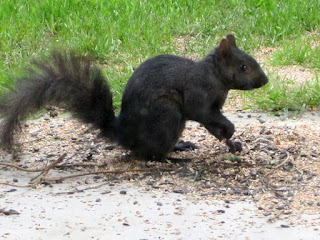"While our society is taught to concern itself with the alluring surface of things, Nick Veasey uses industrial x-ray machines to peel back those upper layers, often revealing a far more beautiful, and complex, underside. Having produced the largest x-ray photograph ever – a Boeing 777 that required over 500 separate x-rays of individual elements." Nick's career began like this:
“My girlfriend’s father used to be a lorry driver,” explains Nick with a mischievous smile. “At one time he drove a lorry for a couple of days which contained thousands of cans of Pepsi, one of which had a ring-pull prize worth £100,000.
“I thought I’d try a scam. I decided to hire an x-ray machine from a local hospital to find the winning can. I never did find it, but it sparked off the ideas for the career I have today.”
Exuberant thanks to Denise Nesbitt, the creater of this excellent ABC Wednesday meme. This is exactly the type of writing I enjoy as it challenges me each week to come up with something extraordinarily creative. It does not exhaust me; it exhorts me to succeed; it excites me into explosions of ideas! We on the team extend an invitation to all who have an interest in anything creative to expound and expose (no nudity, though - *wink*) your ideas, photographs, drawings, or writing. We will examine your contribution and expand on your posts by executing our best comments. To check out ABC Wednesday, simply click here.























